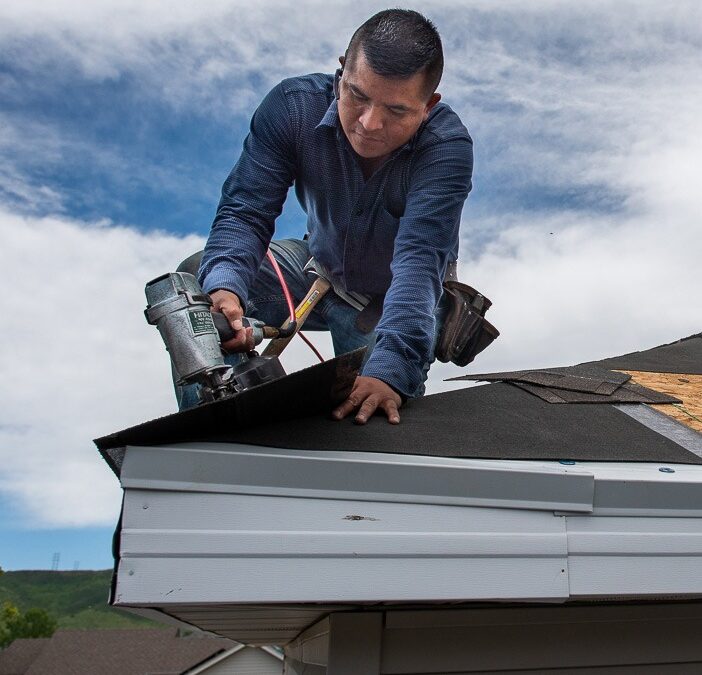Storms across Colorado’s Front Range can bring intense hail, heavy rain, strong wind, and even snow-all of which pose a serious threat to your roofing system. Whether you have a metal roof, asphalt shingle, clay, or flat roof, spotting the signs of storm damage early can save you from expensive repairs, insurance claim complications, or worse-structural property damage to your home.
Knowing what to look for and when to is key to protecting your investment and getting the support you need from your home insurance provider.
Common Signs of Storm Damage
1. Hail Damage
One of the most frequent culprits in Colorado, hail storms contact a professional roofing contractor can crack or dislodge roof shingles, dent flashing, damage gutters, and even cause roof leaks. Look for:
-
Pitted or cracked asphalt shingles or wood shingles
-
Dents in metal components, chimneys, or skylights
-
Loose granules collecting in downspouts
-
Hail roofing damage is often covered by homeowners insurance policies, but prompt action is critical for filing a successful hail damage claim.
2. Wind Damage
High wind speeds can peel up flashing, expose seams, or tear away entire sections of shingles, especially near valleys, dormers, or roof edges. Warning signs include:
-
Missing or curling shingles
-
Lifted roof flashing or roof boots near pipes
-
Gaps or shifting in siding or soffit
Wind damage often results in subtle water intrusion that may not be visible right away, so a roof inspection is recommended even if the roof looks mostly intact.
3. Water Leaks & Ceiling Damage
If water is leaking from the ceiling when it rains, there could be damage to your roof’s underlayment, sealant, or membrane. Common signs include:
-
Water stains on ceilings or walls
-
Dripping from light fixtures, ceiling vents, or corners
-
Soft, warped drywall or flooring
If you search for “leaking ceiling repair near me” or “roof leak repair near me,” you’ll likely find dozens of listings-but make sure to hire a licensed roofing contractor with experience in storm damage restoration.
4. Debris and Structural Damage
Storms often drop heavy tree limbs, leaves, and other debris onto roofs. Even if no visible holes are present, pressure and impact can loosen tiles, crack slate, or stress structural components like rafters.
What to Do After a Storm
Inspect Safely
Use binoculars to scan your roof from the ground. Do not climb up if you suspect structural weakness, ponding water, or visible roof damage from hail storms.
Document Everything
Photograph all roofing damage, both inside and out. This includes ceiling leaks, cracked flashing, displaced shingles, and any fallen trees or debris. You’ll need this for your insurance claim process.
Check Attic & Ventilation
Look in your attic for signs of damp insulation, mold, or warped wood. Proper ventilation helps prevent ice dams and moisture buildup, so assess air flow as well.
Call a Roofing Professional
Contact a reputable Denver roofing contractor like Bear Brothers Roofing to schedule an inspection and temporary protection (such as emergency tarp service). A pro can also assist with leak detection, estimate repair costs, and advise on next steps.
Insurance Coverage for Storm Damage
Most homeowners insurance policies cover storm-related roof repairs, including hail, wind, and water damage-but they may exclude wear and tear, roof age, or poor maintenance.
Here are key terms to understand:
-
Actual Cash Value (ACV): Covers depreciated value of the roof
-
Replacement Cost: Pays to replace your roof with similar materials
-
Deductible: What you pay out-of-pocket before coverage applies
Your insurance adjuster will assess damage and calculate reimbursement. You may need to provide receipts, photos, and documentation from your contractor. Use your zip code to find agents familiar with local weather risks and building codes.
Why Trust Bear Brothers Roofing?
With nearly two decades of experience in Colorado, our team understands the complexity of roofing systems, insurance policies, and emergency roof repair following storms. We work directly with insurance companies to make the claim process smooth and stress-free for you.
-
Fast response to storm damage
-
Licensed and insured for roof replacement, maintenance, and repairs
-
Experience with all major roofing materials: asphalt shingles, EPDM, TPO, and more
-
Friendly, expert customer service from start to finish
Call Bear Brothers Roofing Today
Don’t let unseen roof damage escalate into a costly repair. Schedule your free roof inspection now by calling 303-422-2725 or visiting bearbrothersroofing.com.
We serve homeowners across Denver, Boulder, and Colorado’s Front Range-helping you restore your roof and peace of mind.
Frequently Asked Questions (FAQs)
1. How do I know if my roof has hail damage?
Look for bruised, cracked, or missing shingles, especially after a hail storm. Dented metal flashing, damaged gutters, or granules in your downspouts are other signs.
2. Is roof damage from storms covered by insurance?
Yes, most homeowners insurance policies cover hail, wind, and rain damage. You’ll need to review your insurance policy and consult your insurance adjuster.
3. What should I do if my ceiling starts leaking during a storm?
Contain the leak using buckets or plastic sheeting, take photos, and contact an emergency roof repair service. Schedule a roof inspection to prevent additional water damage.
4. How much does roof repair cost after storm damage?
Roof repair costs depend on the material, extent of damage, and your policy’s deductible. A professional roofer can provide a detailed quote and assist with the claim process.
5. Can I prevent future storm damage to my roof?
Yes. Invest in regular roof maintenance, clear your gutters, trim nearby trees, and schedule annual roof inspections. Upgrading to impact-rated shingles or a metal roof can improve durability.


